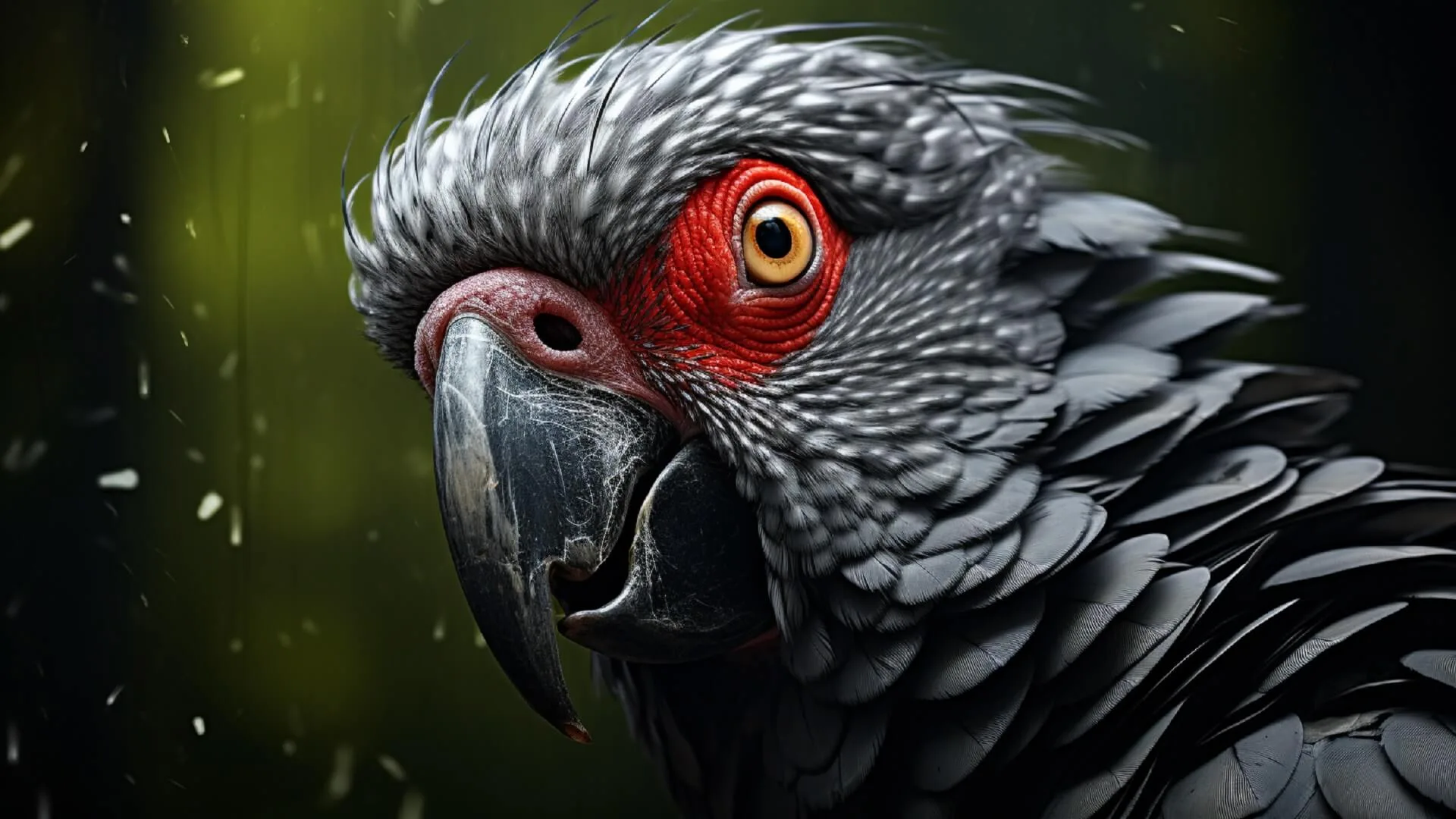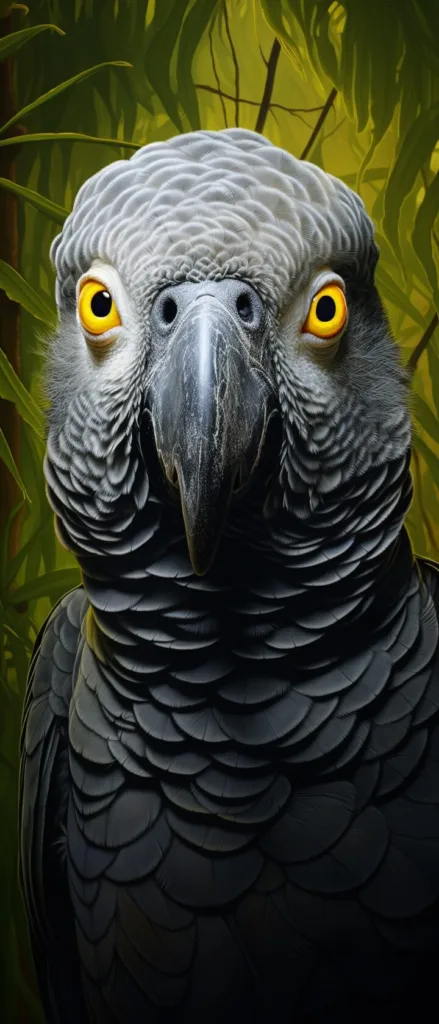
The Grey Parrot , known by a few names including the Congo grey parrot, Congo African grey parrot, or simply the African grey parrot, finds its place in the Grand Psittacidae family, joining the ranks of the Old World parrots. Not long ago, the Timneh parrot, with its distinct identity as Psittacus timneh, shared a close relationship with the grey parrot, which was considered only one type. However, the story has since changed, with the Timneh parrot coming into the spotlight as a complete species in its own right.
Original
In 1758, a Swedish scientist named Carl Linnaeus was the first person to document the grey parrot. He included it in his big book of nature, Systema Naturae, and decided that it belonged with all the other parrots under the name Psittacus erithacus. Interestingly, he got a little confused and said that these parrots were from “Guinea”, but later people found out that they were actually from Ghana in West Africa. The word “psittacus” means parrot in Latin, which is pretty straightforward. The “Erithecus” part is a little cooler — it’s derived from the ancient Greek word for a mysterious bird that is known to mimic human sounds, like the black redstart. Additionally, brown parrots are a unique flock; They have no recognized subspecies.
The Timneh parrot was once considered a type of brown parrot. But since 2007, after taking a closer look at their DNA and body shape, scientists now view them as their own species. Although Linnaeus, a famous scientist, placed all the parrots he knew in a group called Psittacus, today, only the grey parrot and the Timneh parrot are placed in that group.
Description
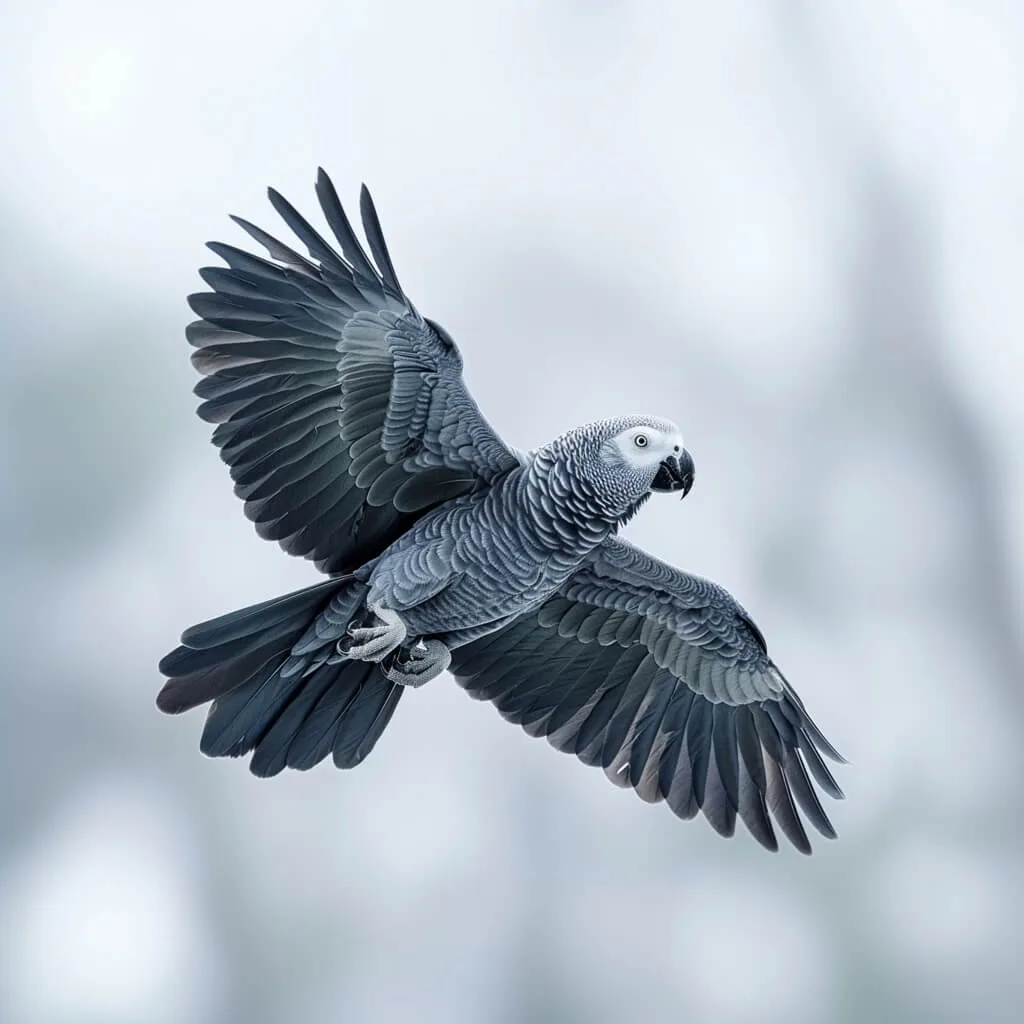
The grey parrot, with its attractive brown feathers and black bill, is neither too big nor too small, fitting into the medium-sized bird category. It weighs 400 grams (14 ounces), which is about the same as a small loaf of bread. From beak to tail, it spans approximately 33 centimeters (13 in), while its wingspan spans between 46 to 52 centimeters (18 to 20½ in) when fully extended. The shades of brown on its head and wings are slightly darker, giving it a distinctive look. Each feather on its body and head has a delicate touch of white, while its tail shows a vibrant splash of red, adding a touch of color to its overall beautiful appearance.
Breeders have managed to get some brown parrots to show red feathers, making them quite unique. Like humans, these parrots show virtually no difference between males and females in appearance. The young look much like the adults, but have darker eyes and a lighter brown color on the underside of their tail. As far as size is concerned, they are not very heavy, weighing between 418 to 526 grams.
These parrots run well and if kept as pets, they can live for 40 to 60 years. However, those in the wild travel less and live for about 23 years. By 3 to 5 years of age they are ready to start their own family, welcoming 3 to 5 young to the nest each time.
Distribution and habitat
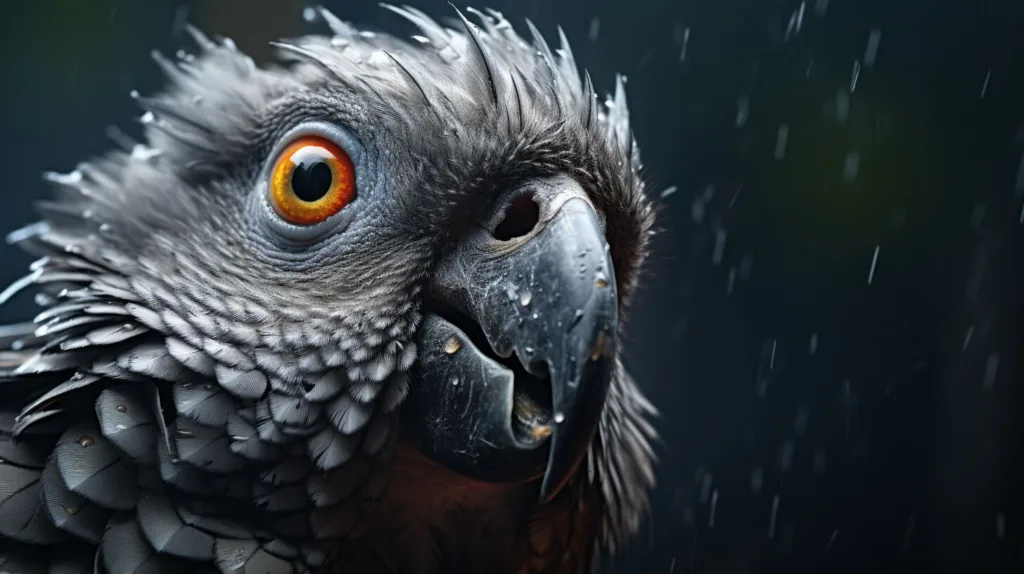
The grey parrot lives in Africa near the equator, in countries such as Angola, Cameroon, Congo, Gabon, Ivory Coast, Ghana, Kenya and Uganda. It can be found from Kenya to Ivory Coast. These birds number around 630,000 to 13 million worldwide, but their numbers are decreasing. They generally prefer dense forests but can also live on forest edges or in open areas such as gallery and savannah forests.
A study in 2015 showed that a certain bird species has almost disappeared from Ghana, with their numbers having declined by 90 to 99% since 1992. Now, they are found in only 10 of the 42 forest areas, and in places where there used to be 700. -1200 birds now only 18 are left. People of the area believe that the main reasons for this are pet trade and cutting of trees. However, there is not much change in the numbers of these birds in Cameroon. In Congo, about 15,000 of these birds are taken each year to be sold as pets, even though the limit is thought to be 5,000.
In Florida, United States, some brown parrots have found their way into the wild, either because they have accidentally escaped or someone has deliberately released them. Despite this, there is still no indication that these parrots are making Florida their home by starting to breed in their new environment.
Behaviour and Ecology in the wild
We don’t know much about what these birds do in the wild because there isn’t enough money for research, and it’s hard to study them because they hide a lot to avoid predators. Even though they are difficult to observe, wild grizzlies can imitate many different sounds, just as do those living with people. For example, in the Democratic Republic of the Congo, two grey parrots recorded while resting could make more than 200 different sounds, including the songs of nine other wild birds and even mimicking the sounds of bats.
Understanding the natural behaviors and social structures of African Grey Parrots in their native habitats is key to replicating conditions that support a full African Grey Parrot Age Expectancy in captivity.
Feeding
Grey parrots mainly eat fruits, nuts and seeds, such as oil palm fruits. They also occasionally eat flowers, tree bark, insects and snails. Grey parrots usually find their food on the ground in their natural habitat.
Breeding
Brown parrots find soul mates and stay with them, making cozy homes in the hollows of trees. Each couple proudly claims a tree as their own to raise a family. When the time comes to start a family, the female lays 3 to 5 precious eggs and incubates them in comfort for a month, while her partner diligently brings her food. They both act as fierce protectors of their little home against any threats.
As for their chicks, they’re utterly dependent on their parents for food and love while snug in the nest. Even after they’ve grown their wings and started flying, the parrot parents continue to care for them for another month. It’s a full 12 weeks before these youngsters are ready to explore the world on their own. The mystery of how these parrots flirt and win over their partners in the wild remains largely untold. At birth, these tiny creatures weigh as little as a few coins but grow to be robust and ready for independence, weighing much more by the time they leave their nest.
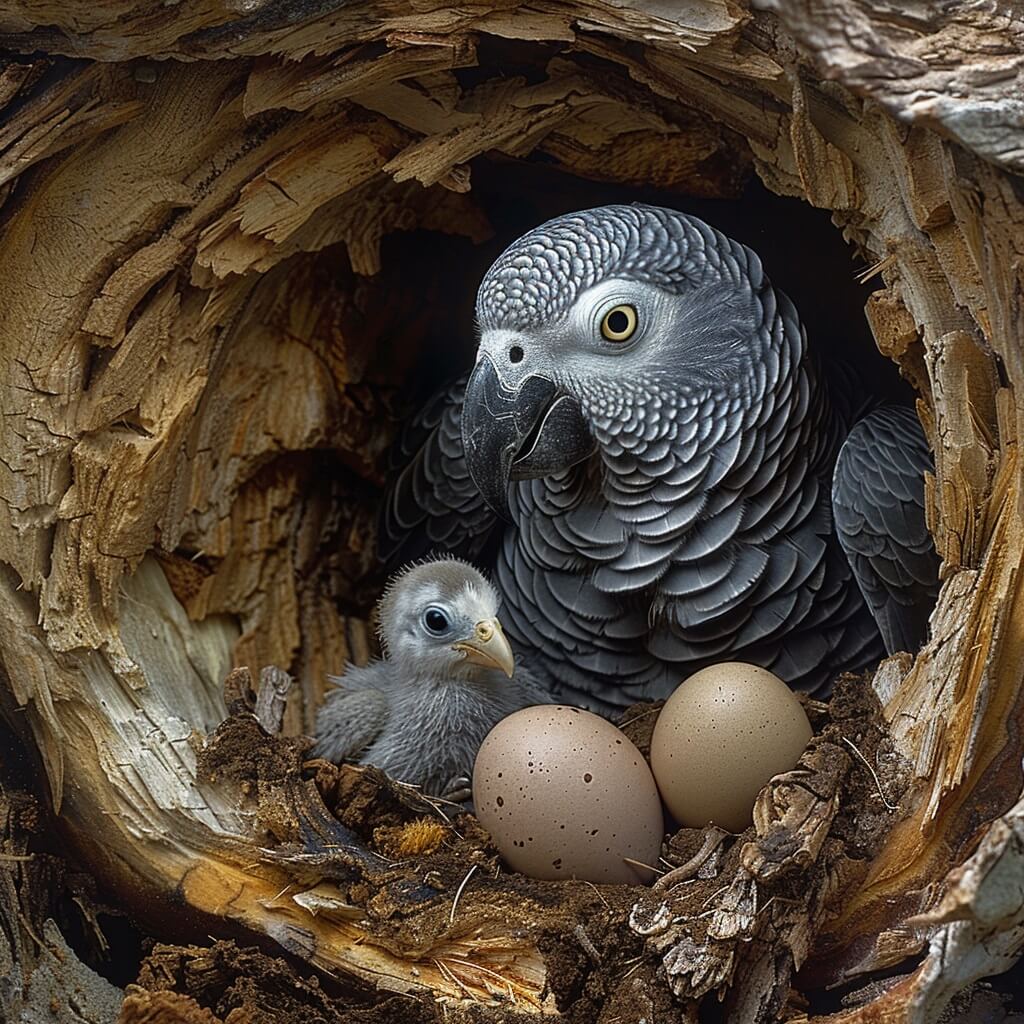
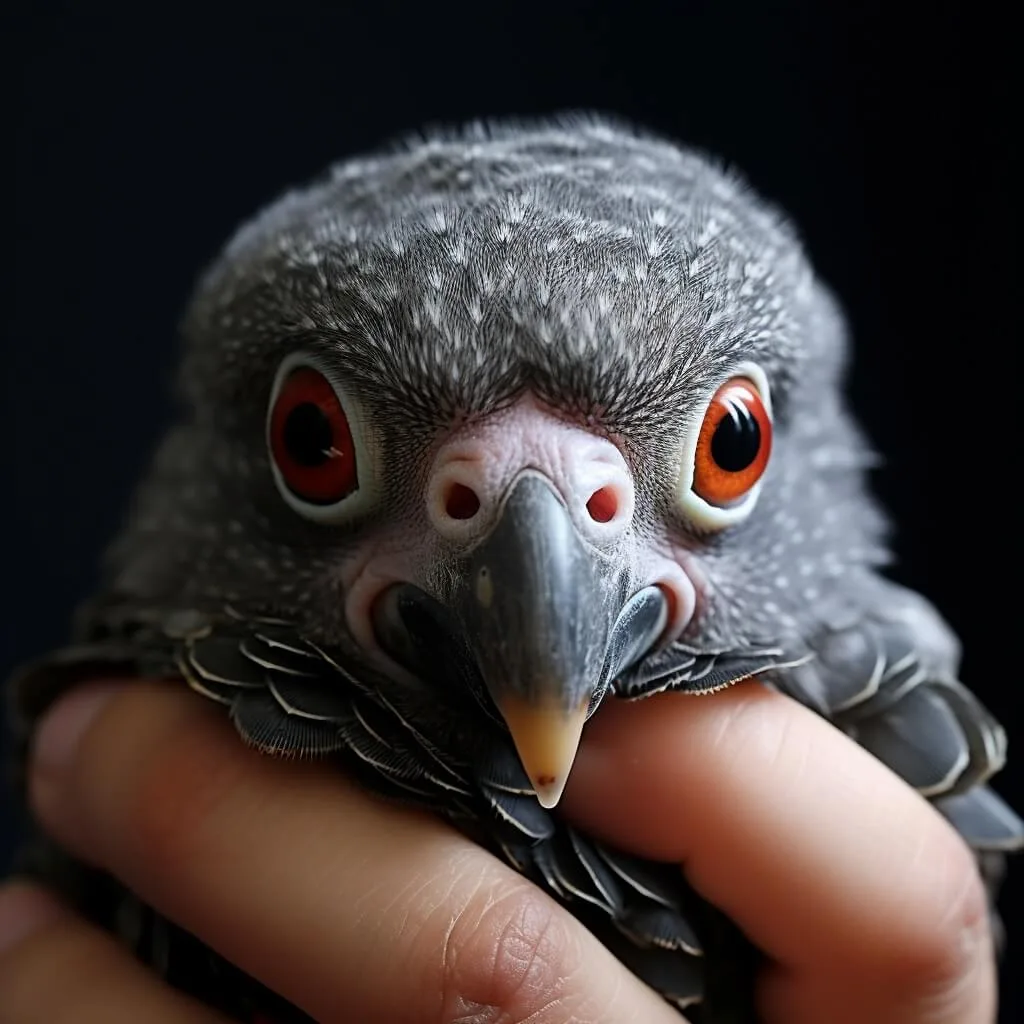
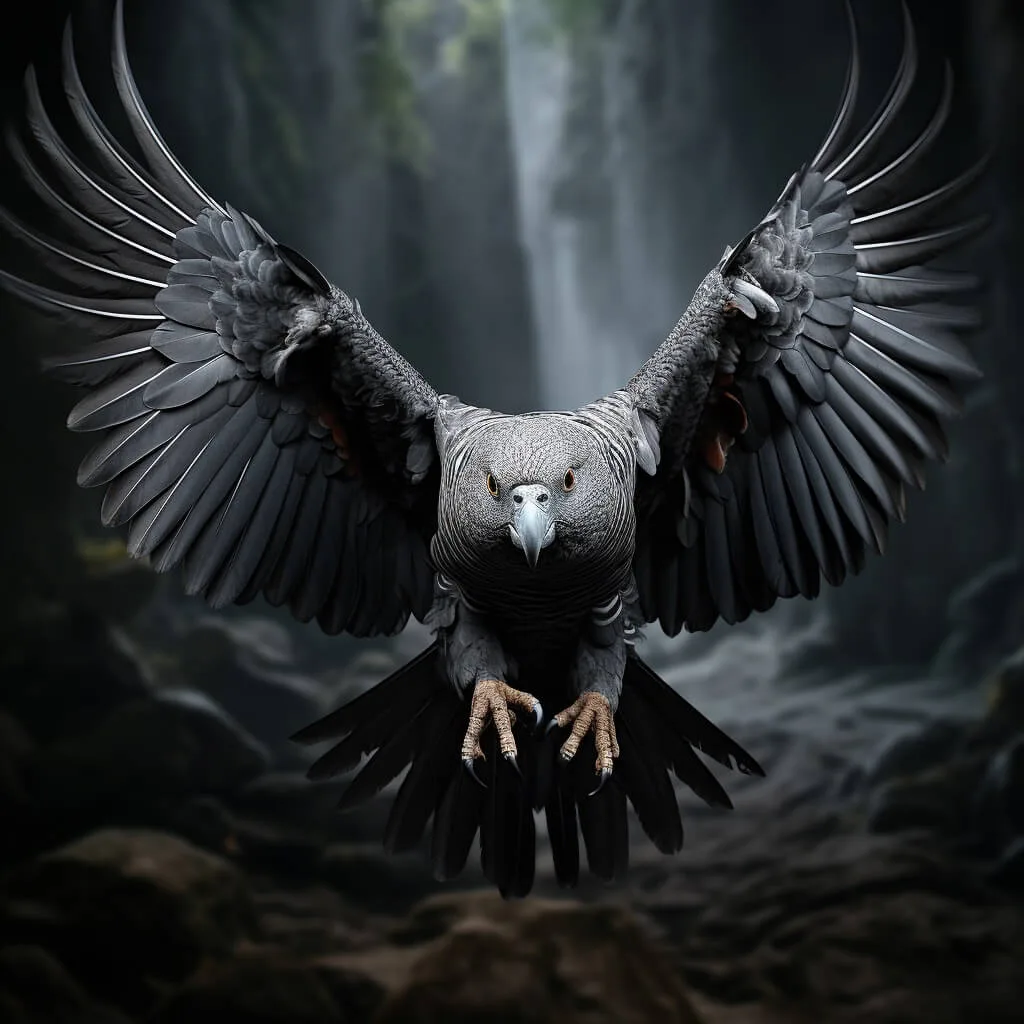
Conservation
Natural enemies of this species include the palm-nut vulture and various raptors. Monkeys eat their eggs and young for food.
Humans are the greatest threat to wild grey parrot populations. From 1994 to 2003, more than 359,000 grey parrots were traded internationally. About 21% of the wild population was captured each year. The mortality rate during capture and transport to market is very high, ranging from 60 to 66%. People seek out the meat and body parts of this species, which are unfortunately used in traditional medicines. Due to this constant hunting and destruction of their natural homes, this species is in real danger in the wild. That’s why it has been officially labeled as endangered by the International Union for Conservation of Nature.
In October 2016, the CITES convention gave the grey parrot the highest level of protection by placing it in Appendix 1, which regulates international trade in the species.
In 2021, Kenya allowed a short period where grey parrot owners could pay a fee to obtain permits for their birds and make ownership legal. After this time expired, ownership of this species without a permit became illegal.
The conservation efforts aim not only to protect the natural habitats of these parrots but also to ensure that the African Grey Parrot Age Expectancy is not further threatened by human activities.
In captivity
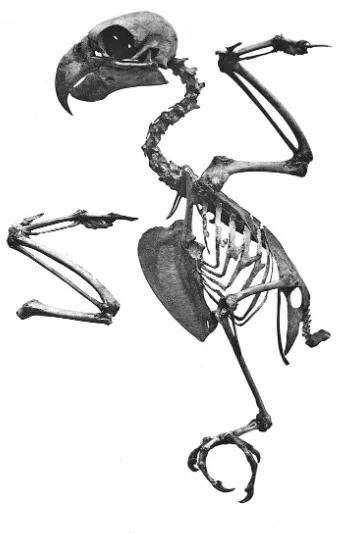
The bird is often kept by people as pets because it can imitate human speech well. This makes it a popular choice among bird owners. In Japan, an escaped pet was returned to its owner because it repeated the owner’s name and address.
Grey parrots are known to imitate those sounds and use them often. They are very smart birds and require lots of things to keep them occupied and happy, plus they require a lot of attention when kept as pets, otherwise they can become upset. One sign that they are upset is when they start plucking their feathers, which is common in 40% of pet grey parrots. Being sensitive, they may also have behavioral problems. Being alone causes them stress and their age increases rapidly.
The grey parrot is very sociable and needs to live with others, like in a group, even if it is kept as a pet. They learn to talk and make sounds by being around other birds or people they live with. Both wild and domesticated parrots use specialized sounds to talk to their group, sharing where they are, whether they see danger, where food is, and whether it is safe. When they live with people these sounds help them form close friendships with their group or their human families. When they are kept as pets, they are not only good at using human words correctly, but also in a way that suits their situation.
In January 2024, caretakers at the Lincolnshire Wildlife Park in Friskney, England, relocated a famous flock of eight parrots, known for their constant swearing, to a larger flock of more than 100 birds. They hoped this would reduce the amount of poor language imitated by the parrots. When properly cared for, the African Grey Parrot Age Expectancy in captivity can reach up to 60 years, making them long-term companions.
Diet
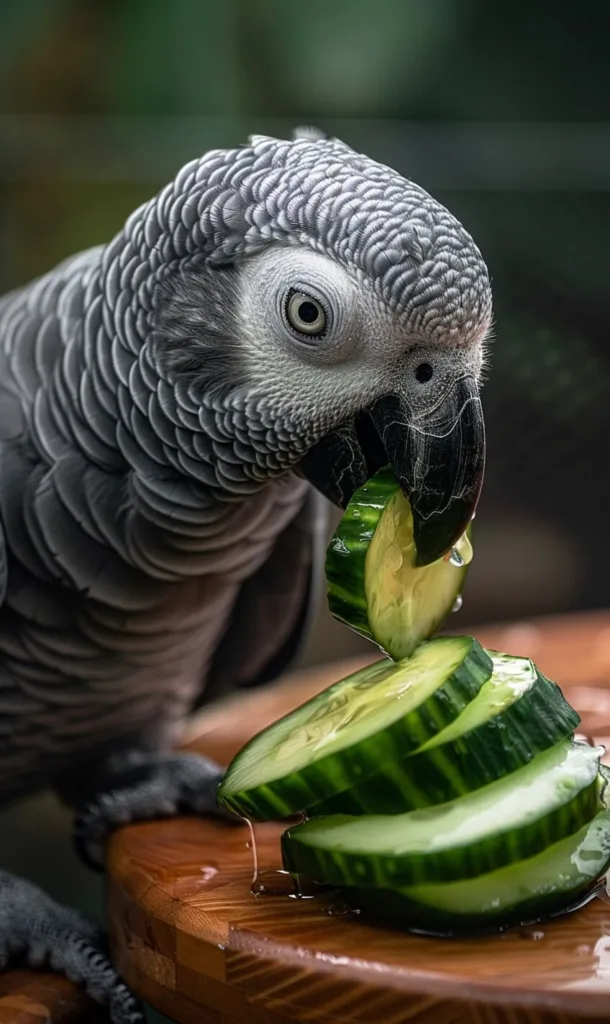
In captivity, grey parrots can be fed bird pellets, various fruits such as pears, oranges, pomegranates, apples and bananas, and vegetables such as carrots, cooked sweet potatoes, celery, fresh kale, green beans and peas. Birds also need a source of calcium.
A balanced diet is crucial for maintaining the health and extending the African Grey Parrot age Expectancy, whether in the wild or captivity.
Disease
In zoos or homes, brown parrots can become sick from fungus, bacteria, not eating the right food, cancer, a disease that affects their beaks and feathers, as well as tapeworms and blood-worms. Small brown parrots are more likely to suffer from beak and feather disease than larger parrots. When they have this disease, they may not feel like eating, look bloated, act tired and have trouble walking because their bones may become weak.
Gray parrots often get rhinitis, a disease that causes inflammation and infection in the nose. These birds may show symptoms such as wheezing, sneezing, blocked nose, and their nose may become swollen or blocked. To treat this, they can be gently cleaned and their nose can be washed.
Intelligence and cognition
Grey parrots aren’t just smart; They are incredibly smart, like some gifted young children. He has the ability to handle tasks you would expect a four to six year old to perform, demonstrating his impressive brain power. Studies have shown that they are not just copying; They understand complex concepts like numbers and can even match voices to faces, which is no small feat. What is even more fascinating is his creativity with language. When they encounter something new without a known name, they cleverly combine English words they already know and come up with their own labels. So, an “apple” can become “bannery” (a mixture of “banana” and “cherry”), “dried banana chips” can turn into “banana cracker”, and “cake” can be sweetly transformed into “savory”. It is called “bread”.
American scientist Irene Pepperberg studied a parrot named Alex and found that he could learn more than 100 words and tell the difference between objects, colors, materials and shapes. Pepperberg worked with Alex for several years and wrote several research papers about the tests he conducted, which showed that Alex had strong thinking skills. One study showed that Alex could add numbers and understood the concept of zero, similar to small children and apes.
Grey parrots, in addition to being smart, show that they can be kind and caring for others. Research has shown that, unlike blue-headed macaws, which do not share food with their group, grey parrots will give a nut to another parrot, even if it means they will not get a nut themselves. When it was the other parrot’s turn, they would often do the same, showing that they were not only kind, but also understood the idea of giving back.
A study in 2012 found that brown parrots kept in cages had their own favorite music. When they could choose between two songs using a touch screen in their cage, the two parrots chose different songs and enjoyed dancing and singing along to them. Some pet grey parrots also use smart speakers to ask for specific songs they like to listen to.
Some studies show that if a parrot prefers to use its right foot, it can know and use more words than a parrot that prefers its left foot. Researchers believe this may mean that parrot brains work more like the brains of mammals, with different parts handling different functions.
In two separate murder cases, there was a thought to use what a victim’s pet grey parrot said as evidence. This is because the parrot repeated what were believed to be the victim’s last words. In 1993, during Gary Joseph Rasp’s trial for the murder of Jane Gill, the defense thought about using Jane’s parrot Max’s words, “Richard, no, no, no!”, to prove Gary’s innocence. In 2017, during Glenna Duram’s trial for killing her husband Martin Duram, the prosecution considered using the words of the couple’s parrot Bud, who kept saying Martin’s last words, “Don’t fucking shoot,” as evidence.
Mutations
In simple terms, there are different natural types of brown birds, such as the Blue Eno (a completely white bird), Incomplete Eno (which has a somewhat lighter color), and the White-tailed Blue bird.
Bird breeders in South Africa, Australia, New Zealand and the Scandinavian countries have been working with gray birds to create new species since the 1800s. These include Red Pied, F2 Pied, Grizzles, Ino, Incomplete, Parino, Lutino, Cinnamon and Red Factor birds. A South African breeder named Von van Antwerpen and his partner from New Zealand, Jaco Bosman, were the first to create Red Factor Greys. These birds are quite special and can be mostly red in color. How much red they have can affect their price.
History
The practice of keeping grey parrots as pets began around 2000 BC, shown through their presence in ancient Egyptian wall carvings. The Greeks and Romans also preserved these birds by keeping them in cages. In more recent times, due to illegal trade, the grey parrot was classified as Endangered on the IUCN Red List in 2016.
FAQs
Getting to Know the Grey Parrot
Q: Who’s the Grey Parrot’s Close Cousin?
Ever heard of the Timneh parrot? It used to be considered just a variant of the grey parrot, but now it’s recognized as its own cool species.
Q: What’s in a Name? Who First Called the Grey Parrot, Well, a Grey Parrot?
Picture this: It’s 1758, and Carl Linnaeus, a kind of celebrity scientist of his day, decides to name our feathered friend Psittacus erithacus. Though he got a bit muddled about where they were from, he knew a fascinating bird when he saw one.
Describing the Dazzling
Q: Grey Parrot: How Do They Look and How Big Are They Really?
Imagine a bird not too big, not too small, just the perfect medium size with a chic brown feather coat, a mysterious black bill, and a pop of red on its tail. That’s your grey parrot, about as heavy as a small loaf of bread!
Q: Boys and Girls: Can You Tell ‘Em Apart in the Grey Parrot World?
It’s like they all decided to wear the same outfit every day! Male and female grey parrots look almost identical, making it a fun guessing game.
Wild Life and Longevity
Q: What’s the Secret to a Grey Parrot’s Longevity?
In the cozy confines of a caring home, these parrots can hit the big 40 to 60 years mark! Out in the wild, though, life’s a bit tougher, with a lifespan of about 23 years. The African Grey Parrot Age Expectancy in captivity reflects their adaptability to a stable environment with regular care and a balanced diet, significantly extending their lifespan compared to their wild counterparts.
Q: What’s on the Menu for a Grey Parrot?
If you’re a grey parrot, you’re not picky. Fruits, nuts, seeds, and the occasional insect or snail make for a fine dining experience.
Conservation and Care
Q: Why Are We Losing These Feathered Beauties?
Sadly, their numbers are dipping mainly due to habitat loss and the not-so-glamorous pet trade.
Q: What’s Being Done to Protect Our Gray Friends?
Stepping up to the plate, CITES put the grey parrot on its VIP list (Appendix 1) in 2016, aiming to curb the bird’s trade and give them the protection they deserve.
Home Sweet Home
Q: Why Do People Love Keeping Grey Parrots as Pets?
It’s all about the chatter! These birds have an uncanny ability to mimic human speech, making them the life of the party in homes around the world.
Q: Health Check: What Should Grey Parrot Parents Watch Out For?
Keep an eye out for signs of feather-plucking or sneezing – it could be a cry for help from your feathered friend, signaling everything from boredom to bacterial infections.
Brainy Birds
Q: Just How Smart Is a Grey Parrot?
With the smarts of a young genius, grey parrots can solve puzzles, understand numbers, and even invent their own words. They’re the poets of the bird world!
Q: Do Grey Parrots Know How to Share?
Believe it or not, these birds show kindness by sharing food with their pals, proving they’re not just brainy but also big-hearted.
Legal Eagle
Q: What’s the Law Say About Owning a Grey Parrot in Kenya?
Kenya played it cool by letting parrot parents legitimize their feathery family members with permits. Miss the deadline? It’s now a no-fly zone for unauthorized grey parrot ownership.
